In 1970 Jack Kirby and Marvel had what is one of the more infamous breakups in comic book history. This led to Kirby moving to rival DC who was very willing to give him carte Blanche with whatever wacky thing came into his mind, and thus he created things like convoluted mythology that is Fourth World.
Upon returning to Marvel five years later a now conciliatory Marvel allowed Kirby to continue to indulge his more… let’s say, out-there ideas. This led to Kirby utilizing one of his then-current interests – Ancient Aliens – the theory that all of human history achievement was guided by a race of alien benefactors popularized in such paragons of scholarship as the book Chariots of the Gods (question mark) by Eric von Daniken.
And so, using the Ancient Aliens motif as a jumping-off point Kirby sat down at his drawing board, picked up his pen, and said, oh you think Fourth World was a convoluted mythology? You ain’t seen nothing yet! And lo! The Eternals were born.
The original run of the Eternals ran for 19 issues and it is…
Look, the art is amazing! Seriously it is beautiful and wondrous to look at. But the writing is…uh… a little clunky. That being said no one could ever accuse Jack Kirby of not having ideas – And there are a lot of ideas in the Eternals.
Okay, quick version – A race of space giants called the Celestials come to Earth and create three races – the humans, the Deviants, and the Eternals. The humans are us obviously, the deviants are the bad guys because they are ugly (there’s a lot to unpack there and I’m getting into it) and the Eternals are beautiful super beings that can’t die (again, a lot to unpack, moving on). Over the millennia the doings of the Eternals eventually became the basis for all mythology – for instance: the Eternal Makkari, a speedster, became the inspiration for Mercury, Thena the warrior became Athena, Zuras the leader became Zeus, etc. The Eternals’ job is to fight the Deviants until the return of the Celestials where the Earth will be judged either worthy or not and either be allowed to continue existing or be destroyed. This is, as I said the quick version – there is so, so much more to this backstory – again, Kirby had ideas.
Now even though Kirby initially envisioned the Eternals as a stand-alone series not integrated into the greater Marvel universe – Marvel editorial did not feel the same way and so many creators over the following decades attempted with limited success to fit the Eternal square peg into Marvel’s round hole.
Skip ahead to 2006 and the task fell to a fairly well-known writer Neil Gaiman, a writer who was quite familiar with taking old concepts and characters and giving them a new spin for a modern audience and propelling them into the public consciousness. And with the Eternals, he really, really tried hard to do that.
Gaiman’s story has the Eternals scattered and with no memory of who they are or their powers. The 7-issue mini-series is written as an unfolding mystery as the various characters slowly come to remember who they are and unlock their abilities, as well as piece together why they lost their memory in the first place and who is behind it. This serves as a way to re-introduce the characters and concepts to an audience unfamiliar with the Eternals while at the same time streamlining the ideas to provide a starting point to an ongoing series.
And in this sense, Gaiman does a wonderful job. He deftly handles the reboot aspect to perfection – aided of course by the art of John Romita, Jr. who also does a great job of adapting Kirby’s style and designs but giving them a fresh update for the 2000s.
In the end, however, there is still something lacking. Despite all the hard work put in by a power-house creative team, the Eternals are missing a spark. And as with Kirby’s original run, there are wonderful moments and an abundance of ideas, but missing the excitement to pull them together. Even the great Neil Gaiman and John Romita Jr. it seems cannot make the Eternals interesting.
This article originally appeared as the introduction to episode 78: The Eternals.
The Collected Edition is a comic book podcast where the hosts discuss the famous and infamous runs and story arcs throughout the history of comics. Please subscribe to the show on Apple Podcasts, Sticher, IHeartRadio, and Spotify.

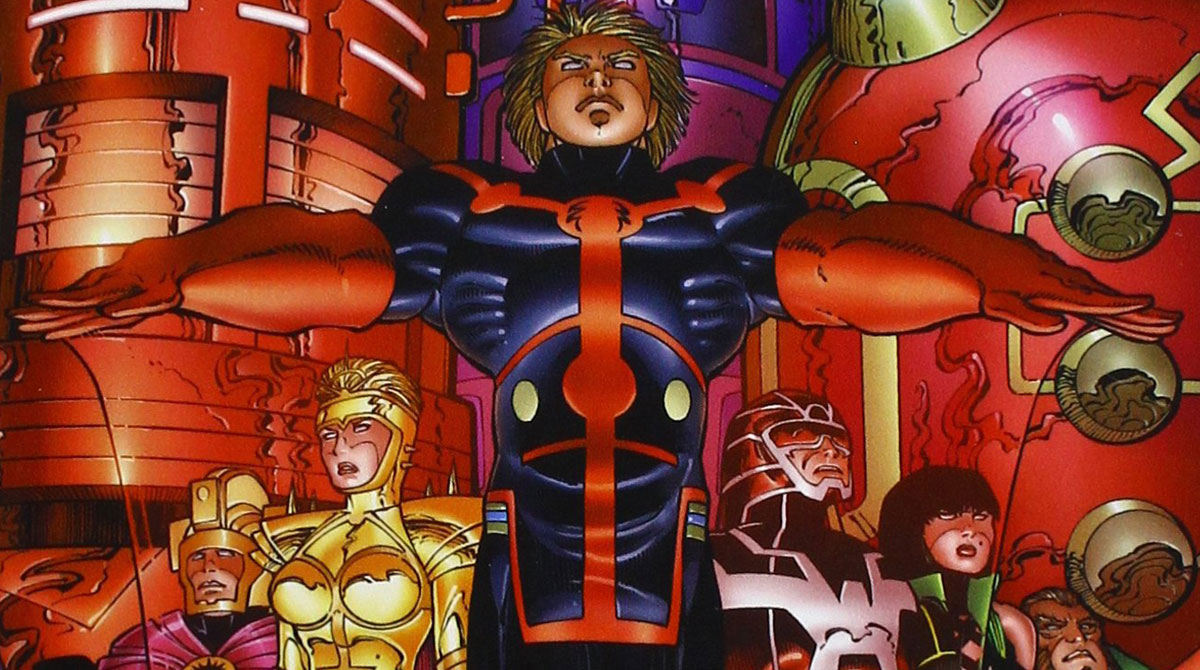
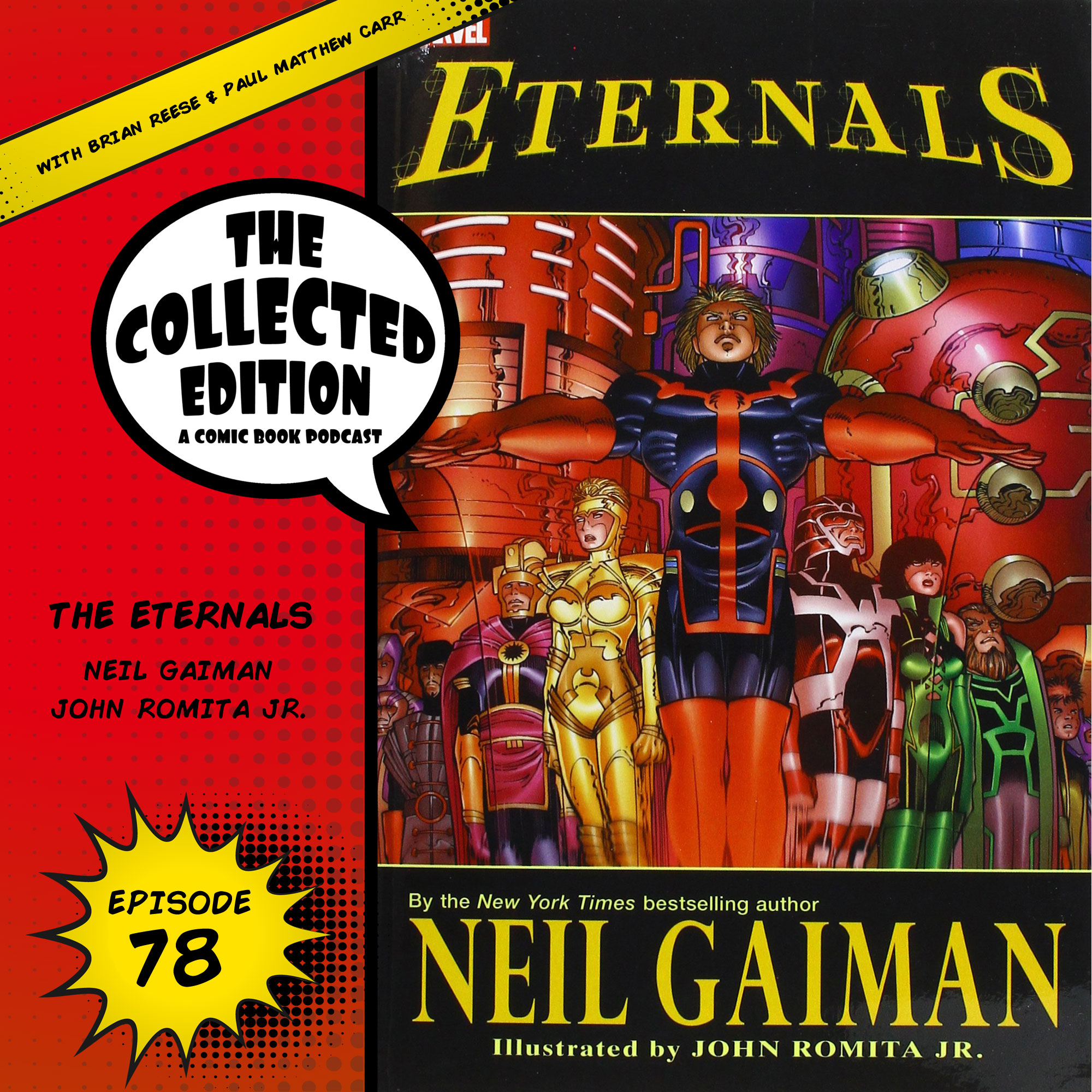
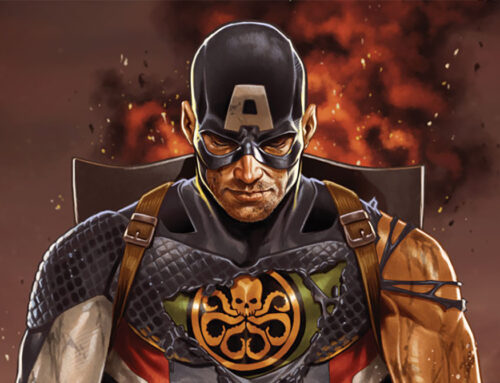
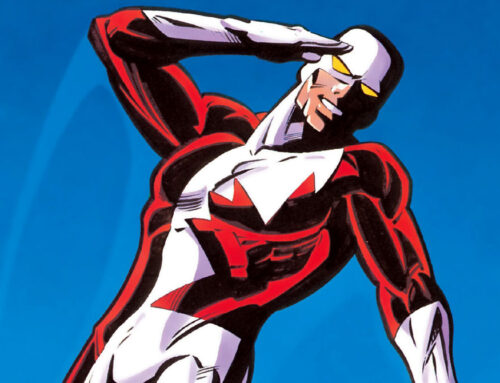
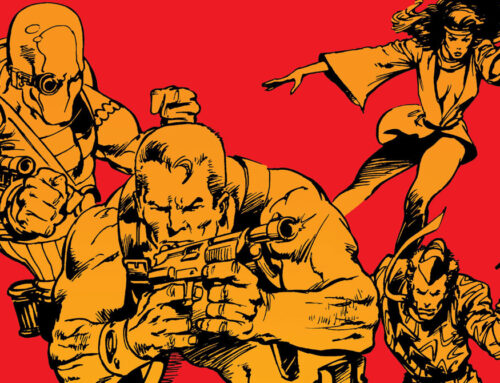
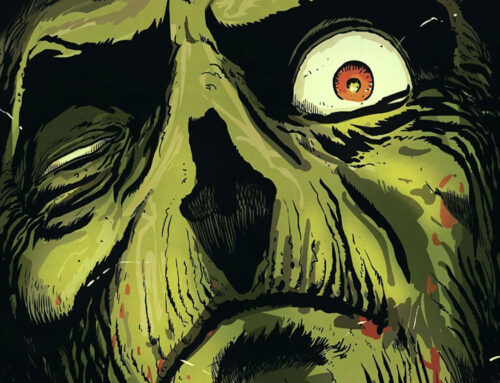
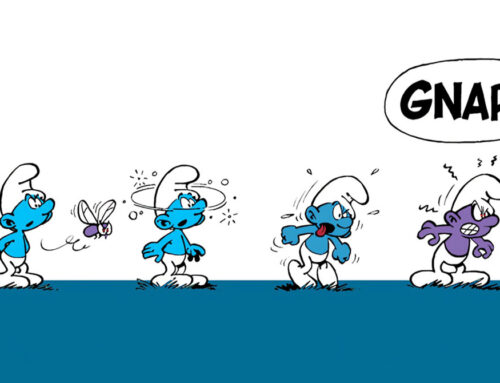
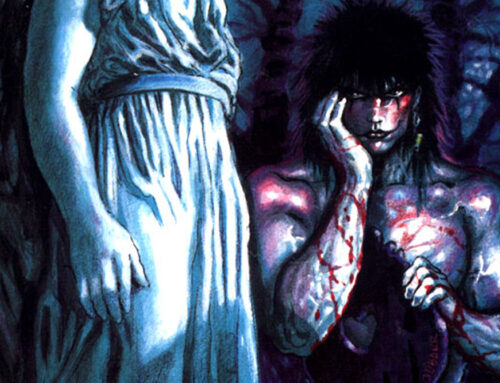

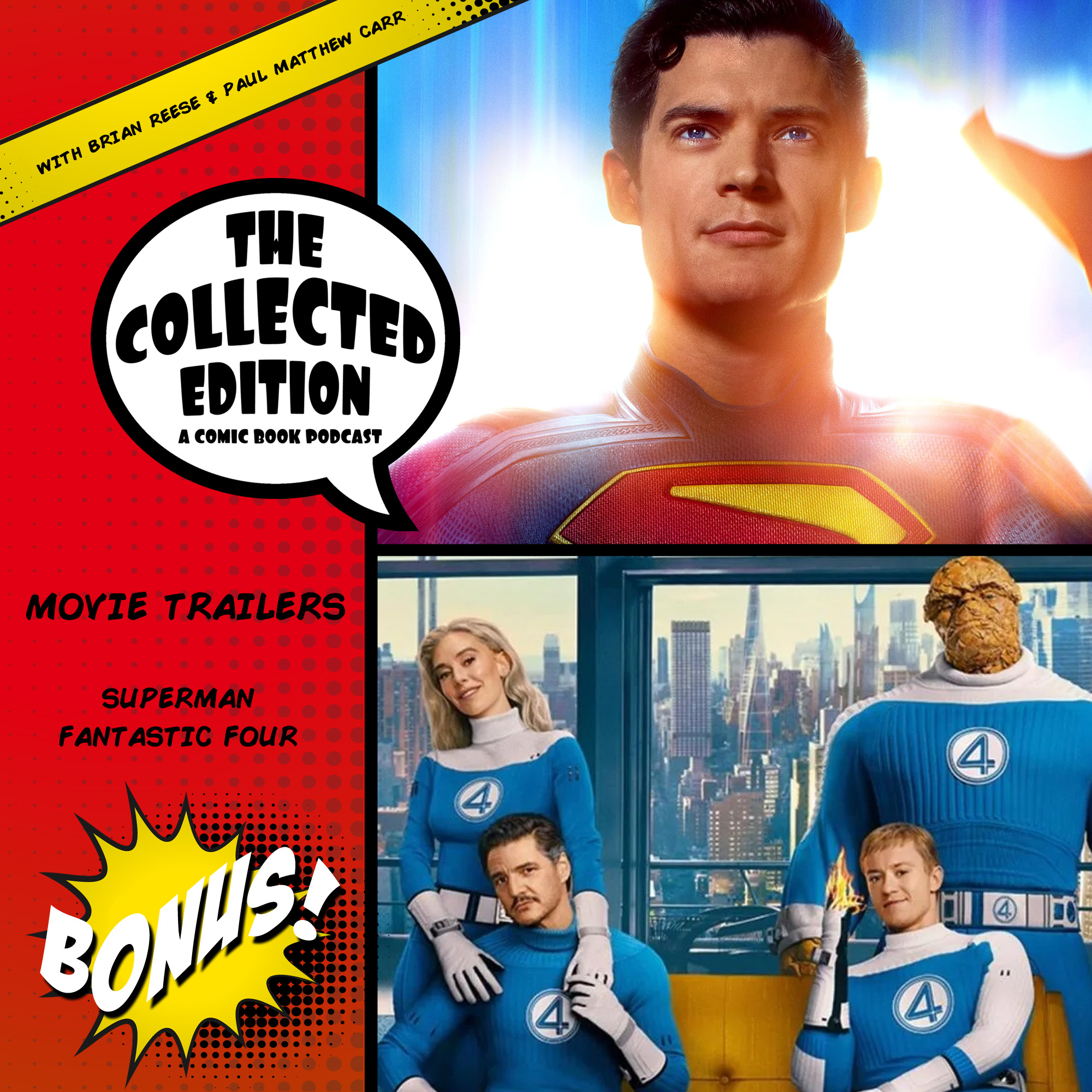
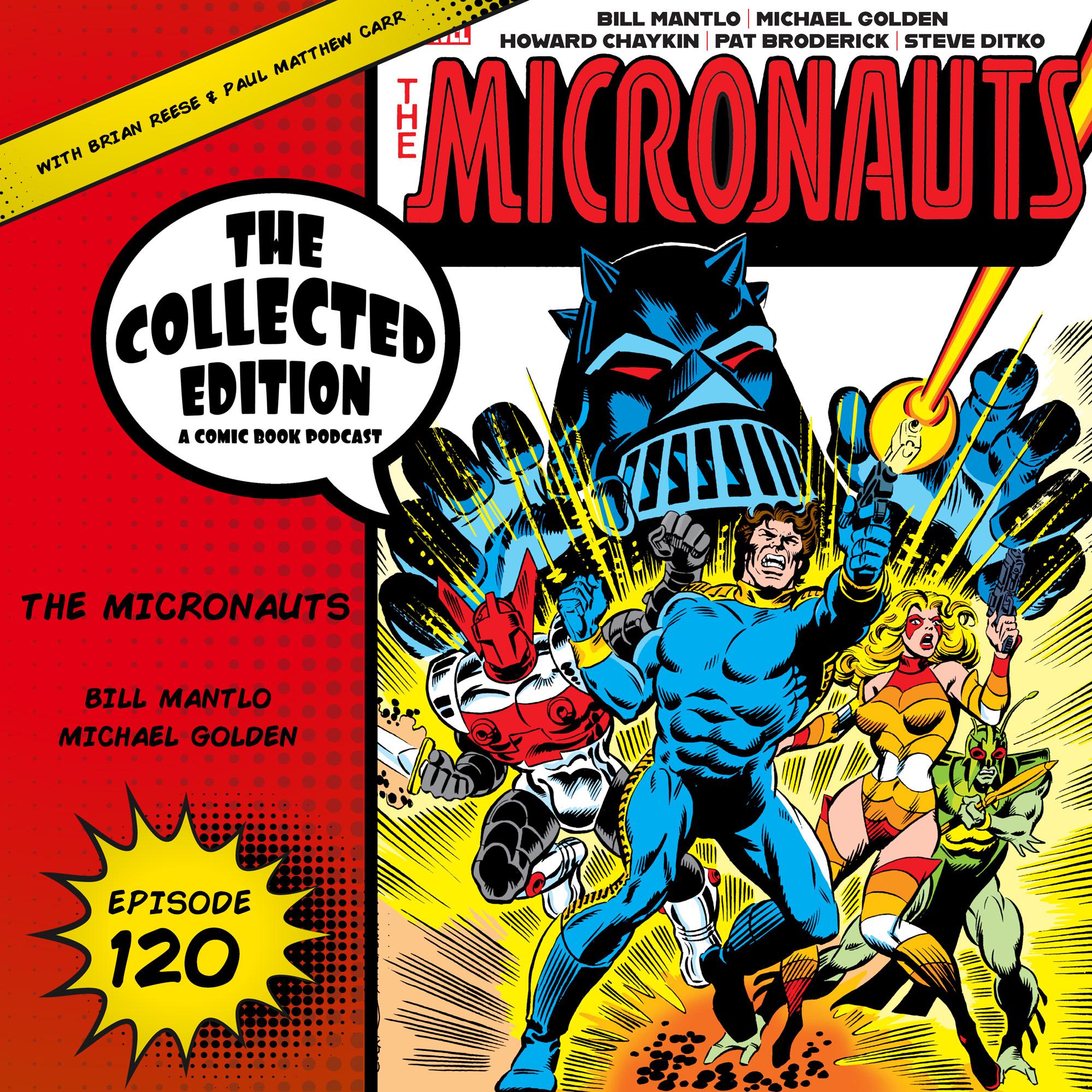
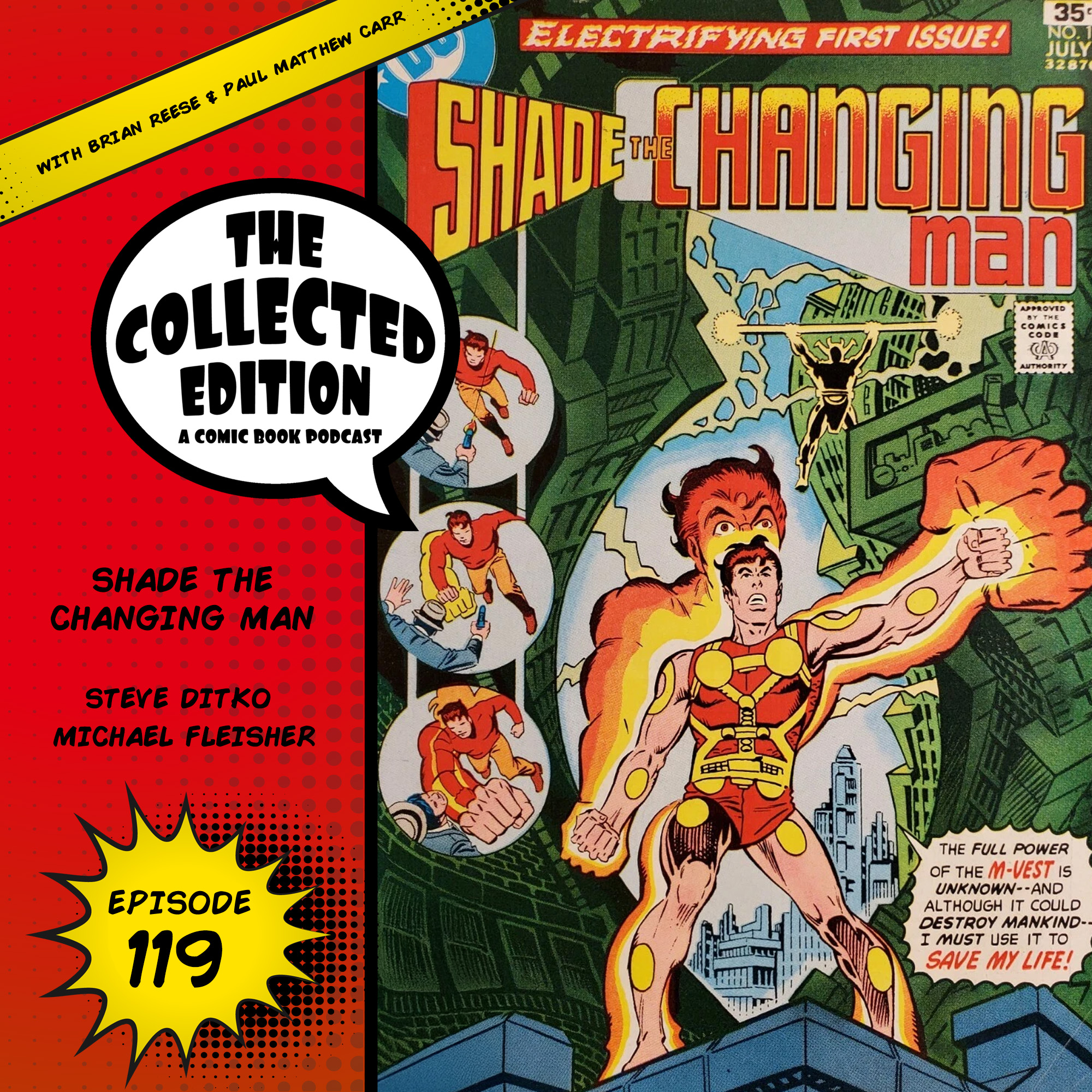
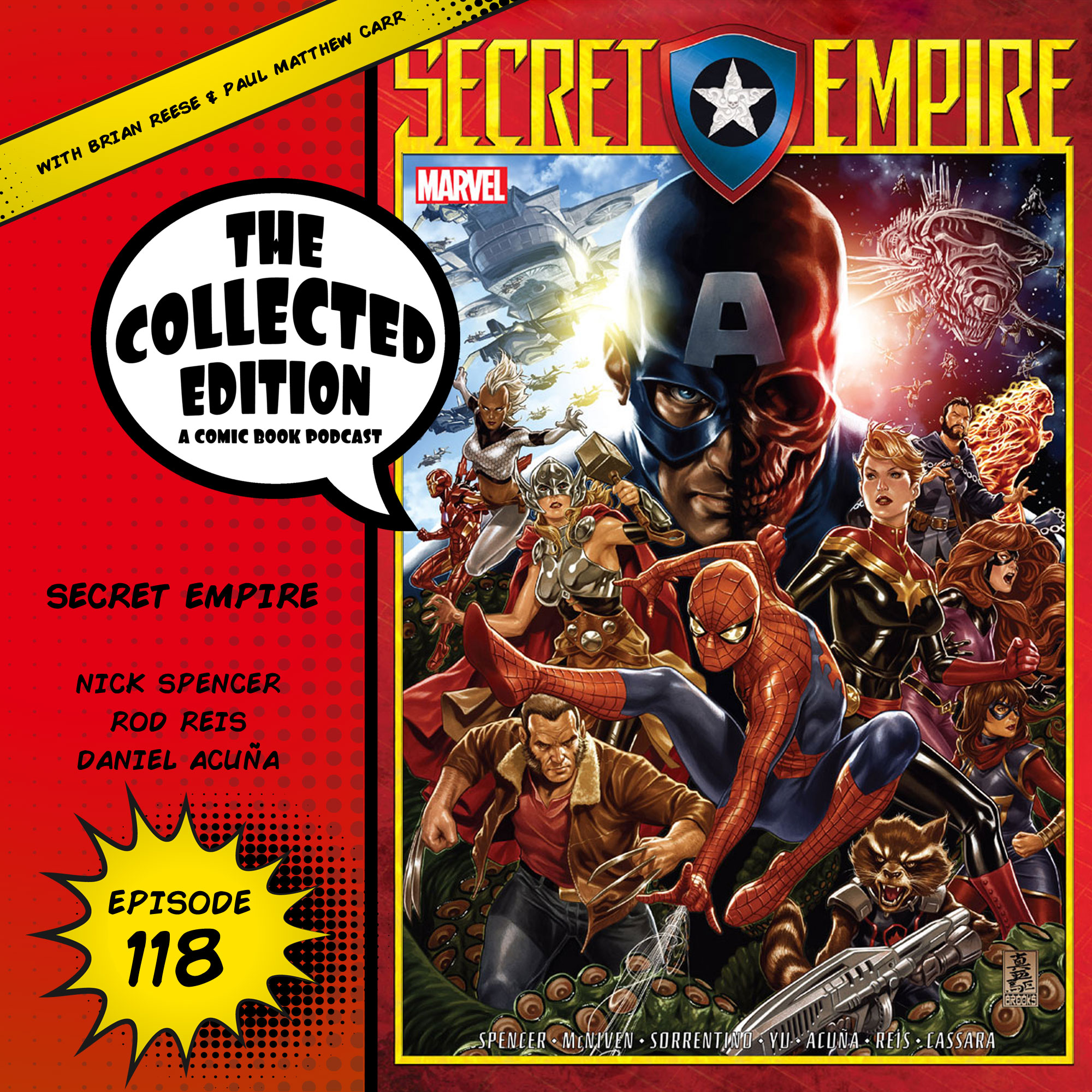
Leave A Comment